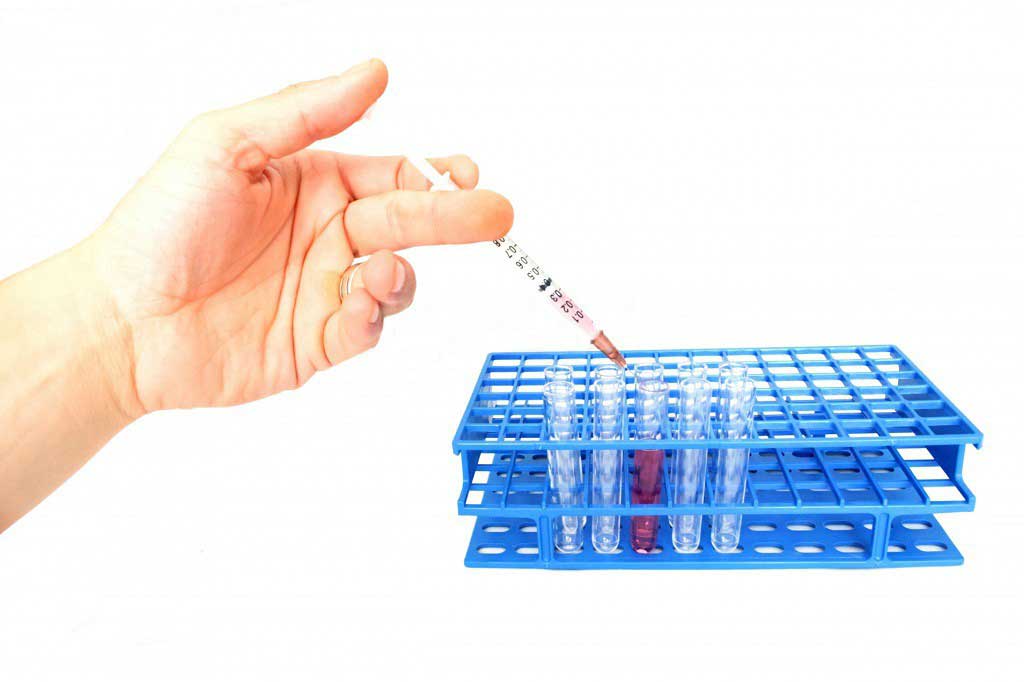Short-sightedness
Introduction
Short-sightedness, or myopia,is a very common eye condition that causes distant objects to appear blurred, while close objects can be seen clearly.
It's thought to affect up toone inthree people in the UK and is becoming more common.
Short-sightedness can range from mild, where treatment may not be required, to severe, where a person's vision is significantly affected.
Thecondition usuallystarts around puberty and gets gradually worse until the eye is fully grown, but it can also develop in very young children.
Signs that your child may be short-sighted can include:
- needing to sit near the front of the class at school because they find it difficult to read the whiteboard
- sitting close to the TV
- complaining of Headaches or tired eyes
- regularly rubbing their eyes
Getting your eyes tested
If you think you or your child may be short-sighted, you should book an eye test at a local opticians. Find an opticians near you .
You should have a routine eye test at least every two years, but you can have a test at any point if you have any concerns about your vision.
An eye test can confirm whether you're short or long-sighted , and you can be given a prescription forglasses or contact lenses to correct your vision.
For some people such as childrenunder 16, orthose under 19 and in full-time education eye tests are available free of charge on the NHS. Read about NHS eyecare entitlements to check if you qualify.
Instead, the light rays focus justin front of the retina, resulting in distantobjects appearing blurred.
It's not clear exactly why this happens, but it often runs in families and has been linked to focusing on nearby objects, such as books and computers, for long periods during childhood.
Ensuring your child regularly spends time playing outside may help to reduce their risk of becoming short-sighted.
.
Treatments forshort-sightedness
Short-sightedness can usually be correctedeffectively with a number of treatments.
The main treatments are:
- corrective lenses such as glasses or contact lenses to help the eyes focus on distant objects
- laser eye surgery to alter the shape of the eye this isn't usually available on the NHS and shouldn't be carried out on children, whose eyes are still developing
- artificial lens implants wherea man-madelens is permanently insertedinto the eyes to help them focus correctly;these arealso not usually available on the NHS
.
Associated eye conditions
Someadults with severe short-sightedness and young children with untreated short-sightedness are more likely to develop other eye problems.
These can include:
- a squint a common childhood condition where the eyes point in different directions
- a lazy eye a childhood condition where the vision in one eye doesn't develop properly
- glaucoma increased pressure inside the eyes
- cataracts where cloudy patches develop inside the lens of the eye
- retinal detachment wherethe retina pulls away from the blood vessels that supply it with oxygen and nutrients
Introduction
Short-sightedness, or myopia, is a very common eye condition that causes distant objects to appear blurred, while close objects can be seen clearly.
Causes of short-sightedness
Short-sightedness (myopia) usually occurs when the eyes grow slightly too long, which means they're unable to produce a clear image of objects in the distance.
Diagnosing short-sightedness
You can find out if you have short-sightedness (myopia) by having an eye test at your local opticians.
Treating short-sightedness
Glasses or contact lenses are the most common method of correcting short-sightedness (myopia). Laser surgery is also becoming increasingly popular.







 Subscribe
Subscribe Ask the doctor
Ask the doctor Rate this article
Rate this article Find products
Find products